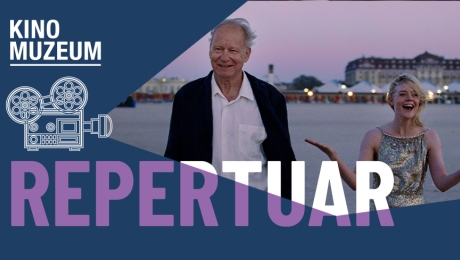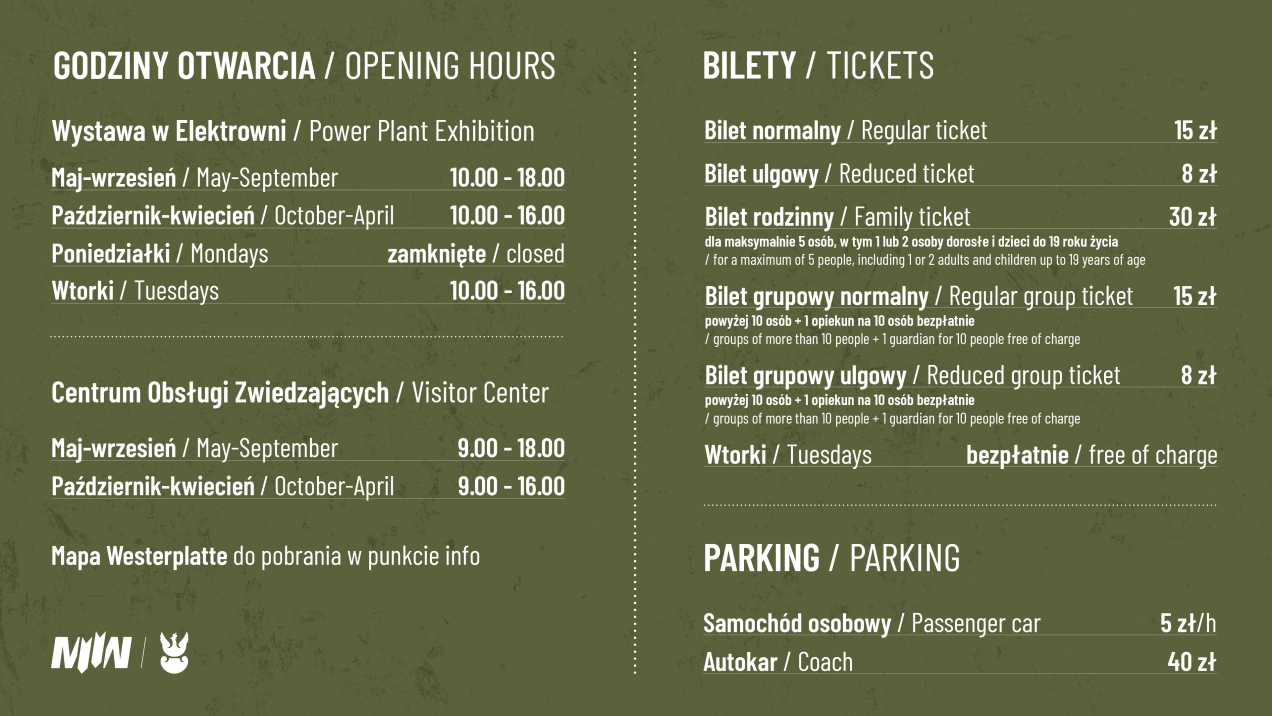POWER PLANT
We continue renovation work to restore the former glory of the former power plant building and adapt it for exhibition purposes. Soon, an archaeological exhibition will be housed within it, featuring relics found during archaeological missions related to the operation of the Military Transit Depot at Westerplatte.
CONTACT
Address: mjr. Henryka Sucharskiego 84
Phone: 58 760-31-63
E-mail: info.coz@muzeum1939.pl
About the Power Plant Building
Crucial for the Polish Military Transit Depot, this utility building was included in the first plans for the development of the Westerplatte area in 1924, in the south-eastern part of the Munitions Basin. Work on the construction began on 25 May 1926. By the end of the year, the Power Plant was received by the Polish side. The brick building was erected on a rectangular plan with sides measuring 13×27 m.
The total usable area of all its rooms was approximately 350 m2. However, the building required further work, such as adding specialised equipment to ensure the complete independence of the Polish facility from electricity supplies from the Free City of Gdańsk. This was achieved in 1928. The building was equipped with a transformer station, combustion generators and pumps, which enabled electric cranes to operate during the unloading and loading of materials in the Munitions Basin.
The Power Plant was not included in the peninsula’s defence system. From the anticipated landing from the Munitions Basin, it was to be protected by an emplacement prepared about 170 m to the east. Interestingly, despite the bombing of the area and heavy artillery fire in September 1939, the building survived almost intact. This was not the case during the 1945 offensive, when both the Power Plant and the Munitions Basin were severely damaged. However, the facility was quickly rebuilt, retaining its original shape.
More about the history of the Power Plant at Westerplatte
Exhibition
The exhibition ‘Memory buried beneath the surface. Archaeology of Westerplatte’ is located in a place that is not accidental – it is a historic building of the former Polish Military Transit Depot’s Power Plant, which has been restored and arranged for exhibition purposes. The exhibition focuses on archaeological discoveries related to the history of this area and the camp for Polish civilian prisoners set up by the Germans after the end of the fighting at Westerplatte. The curators aim to make visitors aware that Westerplatte is not only a peninsula heroically defended by a small group of Polish soldiers, but also a place where Nazi crimes against Polish civilians were committed.
The exhibition also emphasises the symbolic significance of Westerplatte as the place where the Second World War began. It presents the history of the peninsula from the 17th century to the early 1940s, showing the everyday life of the depot and the difficult and responsible service of Polish soldiers in the face of growing German hatred towards any signs of Polish presence in the Free City of Gdańsk.
Co-financed by the Minister of Culture and National Heritage
Multi-year programme ‘Budowa Muzeum Westerplatte i Wojny 1939 – Oddziału Muzeum II Wojny Światowej w Gdańsku’ [construction of the Museum of Westerplatte and the War of 1939 – Branch of the Museum of the Second World War in Gdańsk]
More about the individual stages of the investment implementation:
• Signing a contract with the exhibition project contractor in the former power plant building at Westerplatte
• Commencement of works for the modernization of the former power plant building at Westerplatte
• Signing a contract with the contractor for the modernization of the former power plant building, including land development at Westerplatte
• Competition for the construction of the exhibition in the power plant at Westerplatte
• Laying the cornerstone for the Westerplatte and 1939 War Museum
• The power plant is the first facility of the emerging open-air museum at Westerplatte.
Dofinansowano ze środków Ministra Kultury i Dziedzictwa Narodowego
Program wieloletni pn. „Budowa Muzeum Westerplatte i Wojny 1939 – Oddziału Muzeum II Wojny Światowej w Gdańsku”












